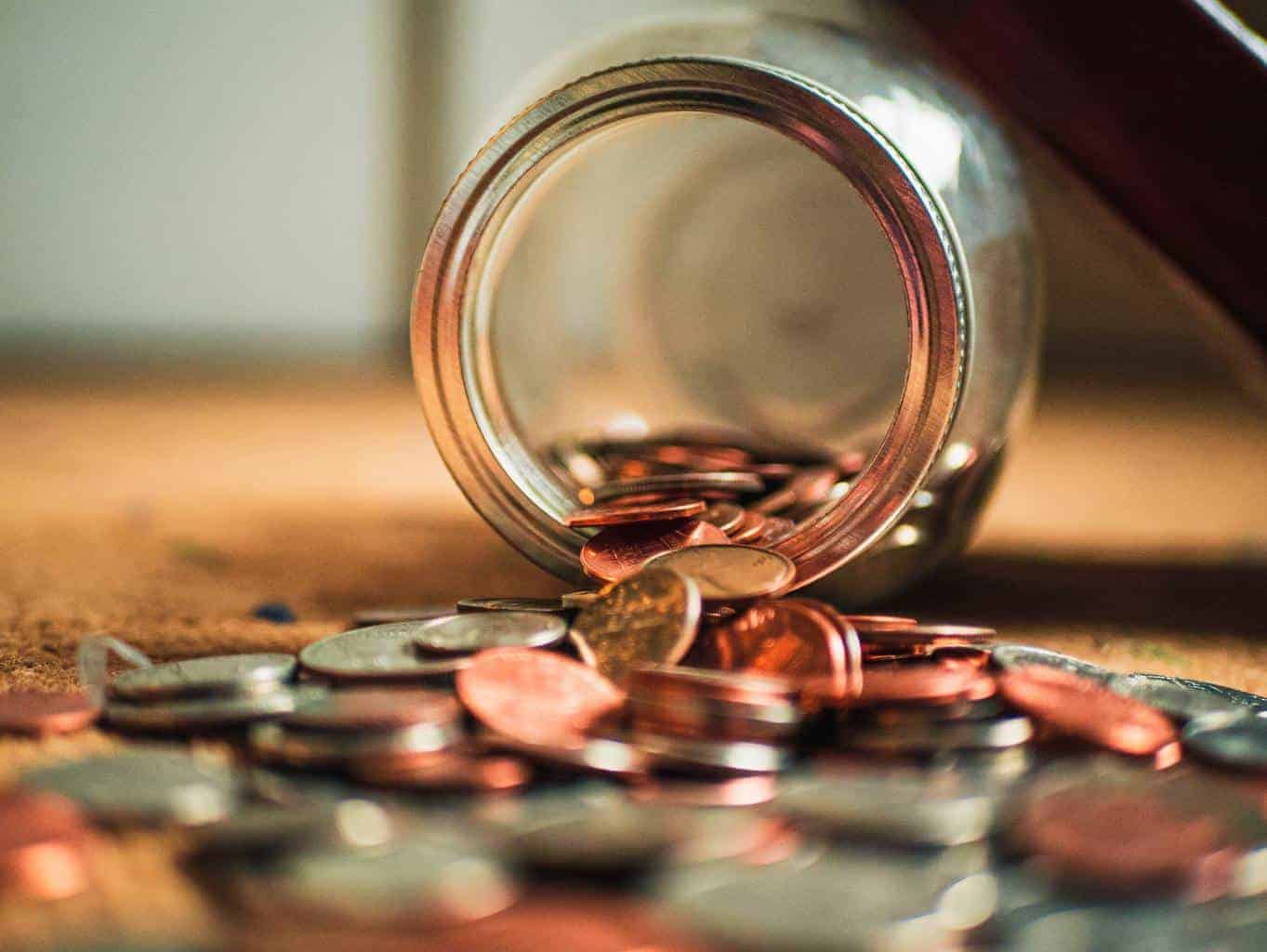The amount of money you need to keep in savings is a hot topic. Finance specialists can suggest a variety of opinions that have one thing in common — you must save. Whether you keep money in savings accounts or under your mattress, an emergency fund should always be available.
The size of this fund is fluid. It depends on various factors, including your age, financial goals, family status, and income. For each person, income, and situation, the amount is different.
Are you saving too much or too little? Let’s take a closer look at how much money should be kept in savings to help you meet your ideal savings goal.
Having Money in a Savings Account for Emergencies
When you have an unexpected expense like covering emergency medical bills or replacing a major household appliance, you dig into your emergency fund. Like a retirement fund or a college savings fund, an emergency fund gets you ready for formidable expenses that don’t hurt your regular budget.
The primary purpose of the emergency fund is to help you cover unexpected expenses without loaning money or cutting down on your daily spending. Another goal is to help you through financially challenging times if you lose a job or need to reduce your time at work for personal reasons.
The common places to keep your money are usually savings accounts.
- High-yield savings account — for some of these accounts, the APY (annual percentage rate) can reach 3.00% and beyond. Generally, it’s around 0.50%.
- Certificate of deposit — a type of savings account that requires you to keep money in savings account for a certain period of time to receive interest.
- Money market account — another type of savings account with some checking features. They often offer higher rates than regular savings accounts.
- Traditional bank account — traditional savings and checking accounts are also excellent options for your rainy-day money. The interest rates aren’t high, but you can access your funds at any time and don’t need to worry about rate fluctuations.
Exploring these options carefully can help you understand which ones you are comfortable with. Anything that comes with a high APY requires extra attention. However, low-rate accounts can be just as good for keeping your money safe.
Having Too Much Money in Savings Accounts
Having a large emergency fund may seem like a good thing. In reality, inflating your savings account could be working against you. The dangers of leaving too much for the rainy day include:
- Missed investment opportunities — even the best high-yield savings accounts can’t generate as much money as investment options like stocks, bonds, mutual funds, and the like. While large amounts of money are hanging in your bank account, inflation is reducing your assets. Note: the national inflation rate is about 2%, while the average APY for high-yield savings accounts is about 0.50%.
- Lost Tax Breaks — if you keep the majority of your extra cash in a savings account, you miss the opportunity to put it in tax-advantaged savings accounts like the IRA, 401(k), 529 plan, etc. These accounts can help you save money for future major expenses while giving you significant tax breaks.
- Unpaid debt — if you have credit card debt, a student loan, or both, putting too much money in an emergency fund is counterproductive. Make sure to pay the debt off instead of piling cash in your savings account.
It’s imperative to precisely understand how much money should be kept in bank accounts not to lose while trying to save.
Calculate the Right Amount of Money in your Savings Accounts
Before you start considering other ways to make your money work for you, the funds in your savings account should reach a certain threshold.
This amount depends on your financial goals. Some people prefer to use savings accounts to save up for major expenses like home renovations or vacations. Others use it as an emergency fund.
Major Expense
For a major expense, you need to calculate how much you need to put into the bank every month to reach the goal by a certain date.
Emergency Fund
Things to consider when calculating the suitable threshold include:
- The stability of your income. For example, a doctor with a stable annual income would need less money in a savings account than a seasonal construction worker would.
- Living expenses. You need to figure out how much money you need each month to maintain a comfortable standard of living. While it’s imperative to include expenses like food, rent, clothing, healthcare, and transportation, you can exclude cable TV, restaurant dates, movie nights out, and the like.
- Potential major expenses. You need to understand how likely you are to face unexpected major expenses. Do your teeth need extra attention? Could you be facing a lawsuit? Is your car old? If major expenses are possible, the savings threshold should rise.
- Subjective opinion. Your peace of mind matters as well. If you need to keep an extra $20,000 in your savings account to feel safe, do it.
How Much Money to Have in Your Savings Accounts
Here are the popular ways to calculate how much money to keep in savings:
- By age (equivalent of salary by age 30, three times by 40, six times by 50, eight times by 60).
- By income (50/20/30 rule states that 20% of your after-tax income should go for savings)
- Three to six months of living expenses.
To figure out the savings threshold for your emergency fund, you may need to monitor your expenses for three to six months.
Maximize Your Extra Cash
Once you reach the savings threshold, you can use the extra cash to earn more money. The best way to do it is to explore investments.
- Increase contributions to 401(k), 403 (b), or IRA.
- Explore HSAs and brokerage accounts.
- Invest in your children (set up college and investment funds).
- Refinance your mortgage.
- Set up a savings account for another financial goal
You may want to consider speaking with a financial expert to help you set up an investment plan. However, if you have the time, it’s easy to find the necessary information online.
Set a Financial Goal
Financial security depends on how well you can set your financial goals. Have a clear goal in mind can help you figure out how much to keep in a savings account and how much to invest. If you don’t have a goal, you could be spending too much on unimportant things, hindering your ability to cover emergency expenses.
Examples of financial goals include:
- Setting up an emergency fund
- Paying off credit card debt
- Saving for a down payment for a home
- Saving for college (or a child’s college)
- Starting a business
Each goal should have an approximate figure attached to it. Once the goal is set, you can start developing a plan for achieving it.
Bottom Line
Setting up an emergency fund is one of the first things an adult with income should do. However, keeping all your extra cash in a savings account is counterproductive.
Once you reach a certain threshold, you need to consider opportunity costs and make the extra cash work for you. Instead of keeping all your money in a savings account, take advantage of the available investment opportunities for yourself and your family.







